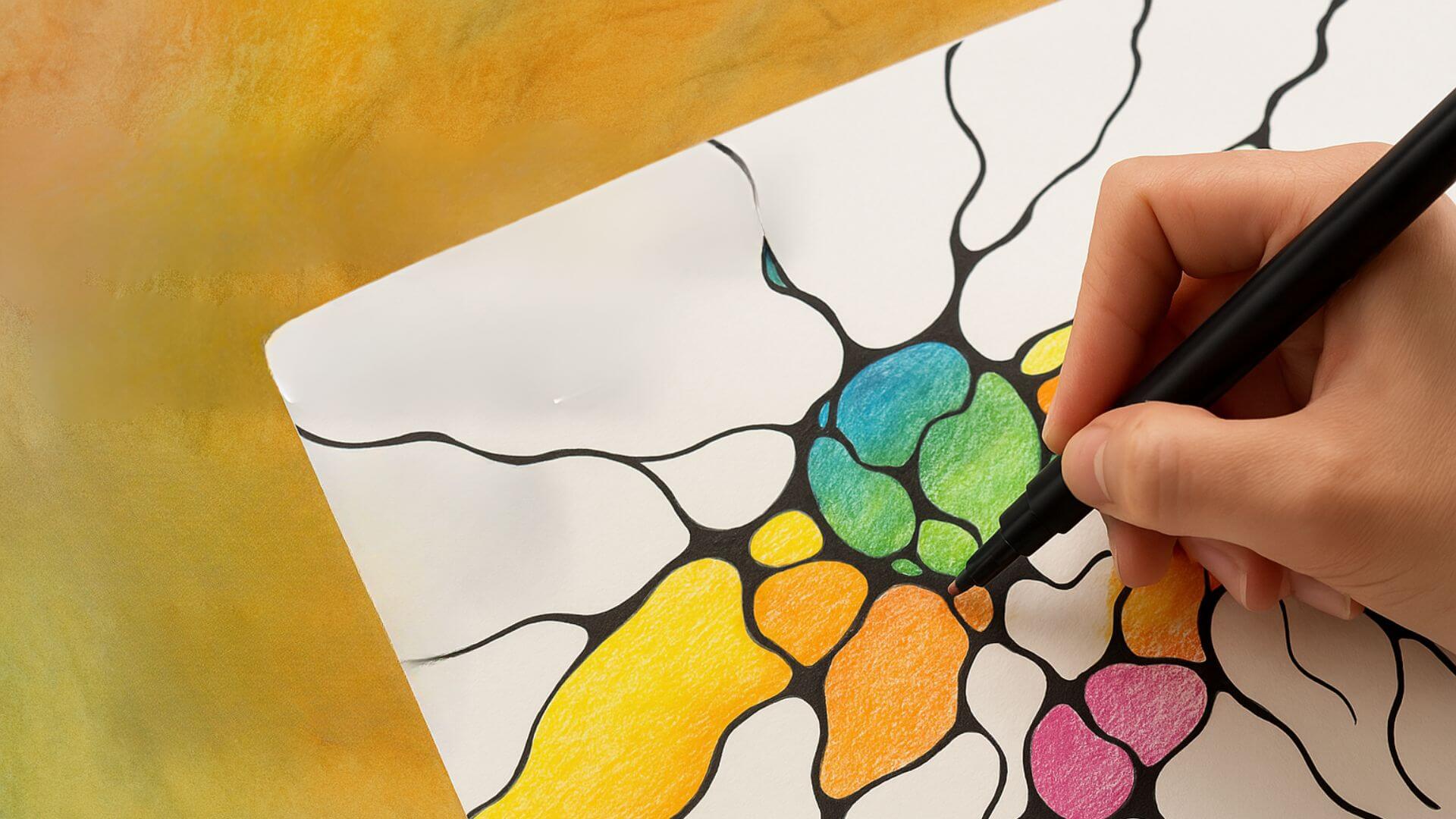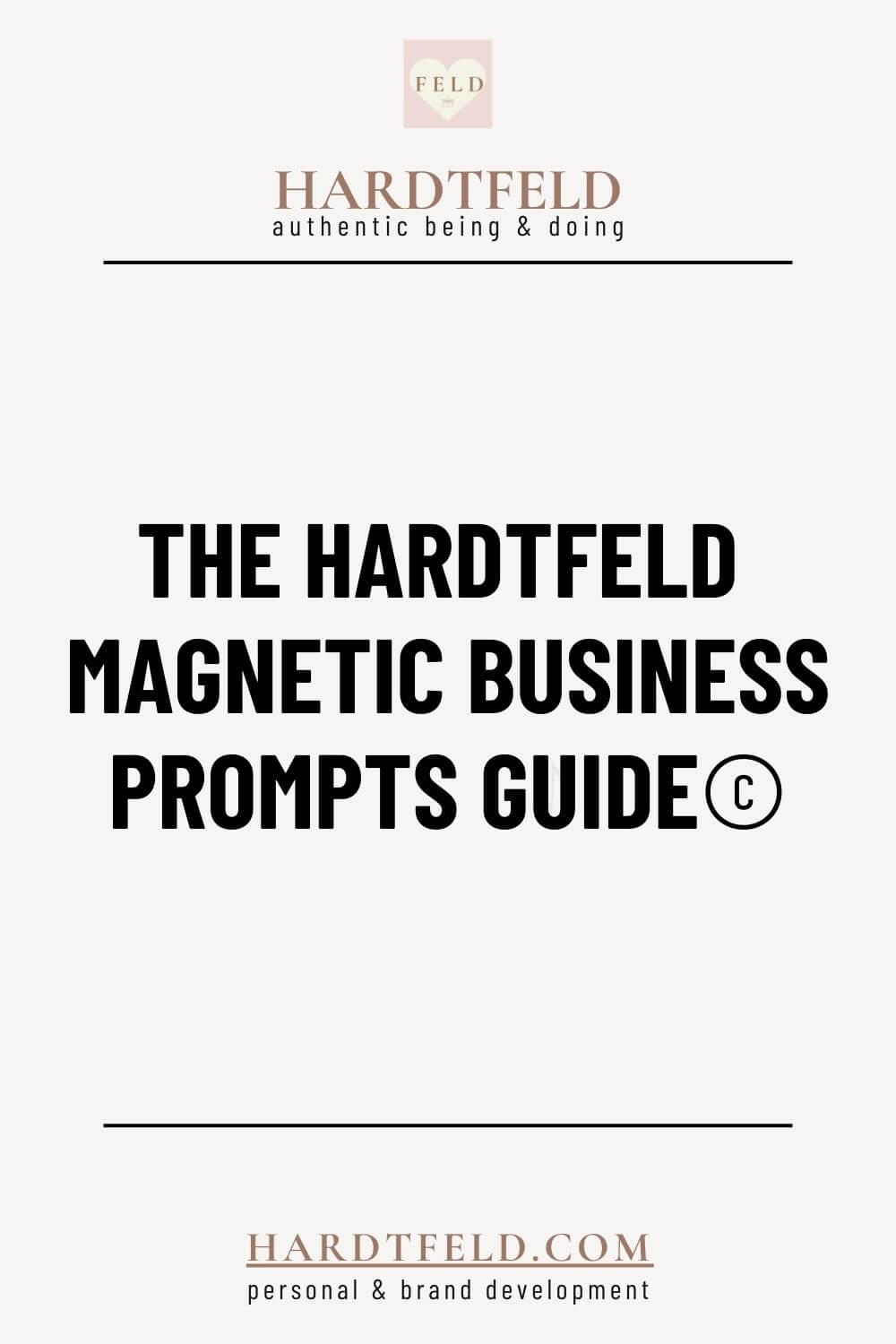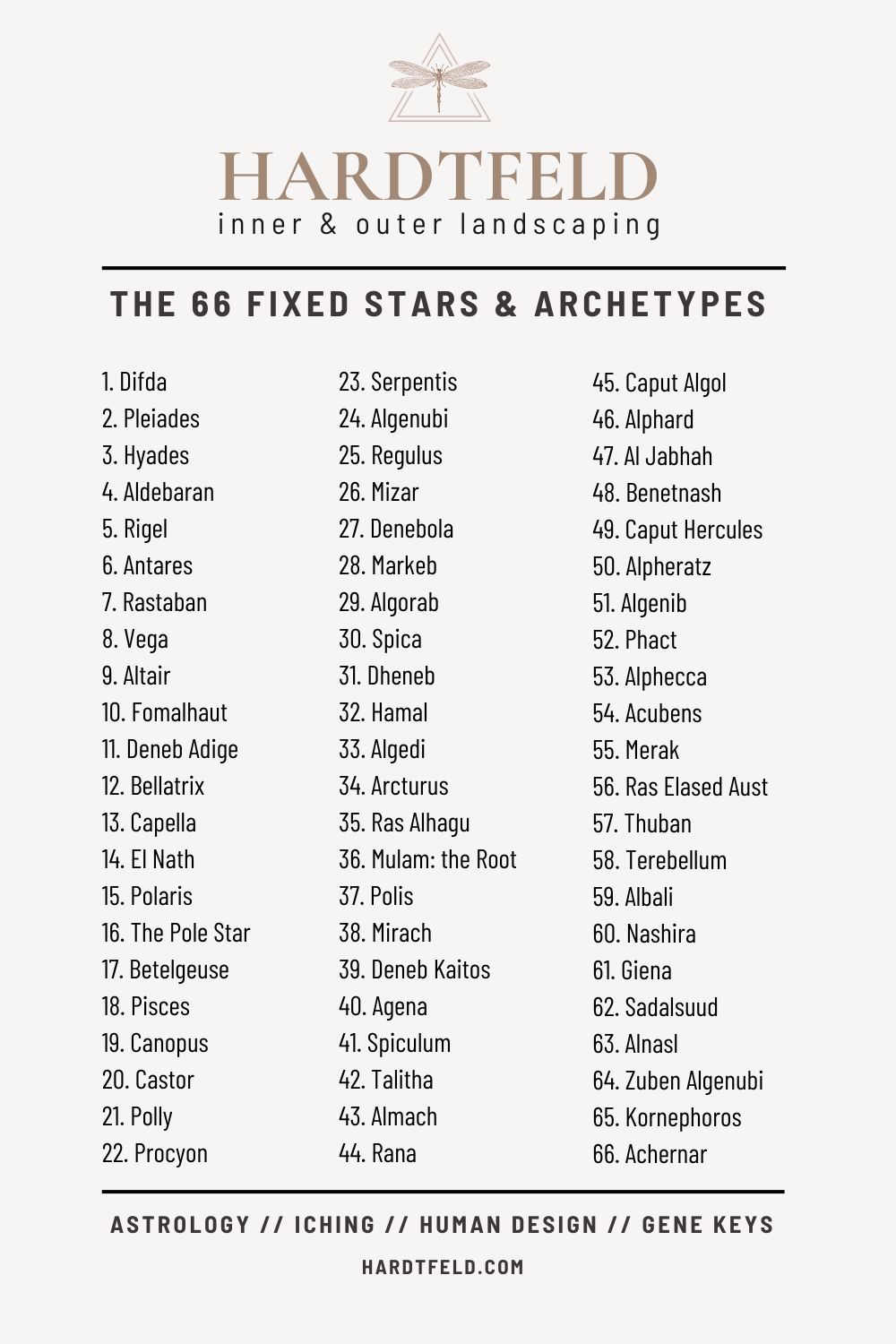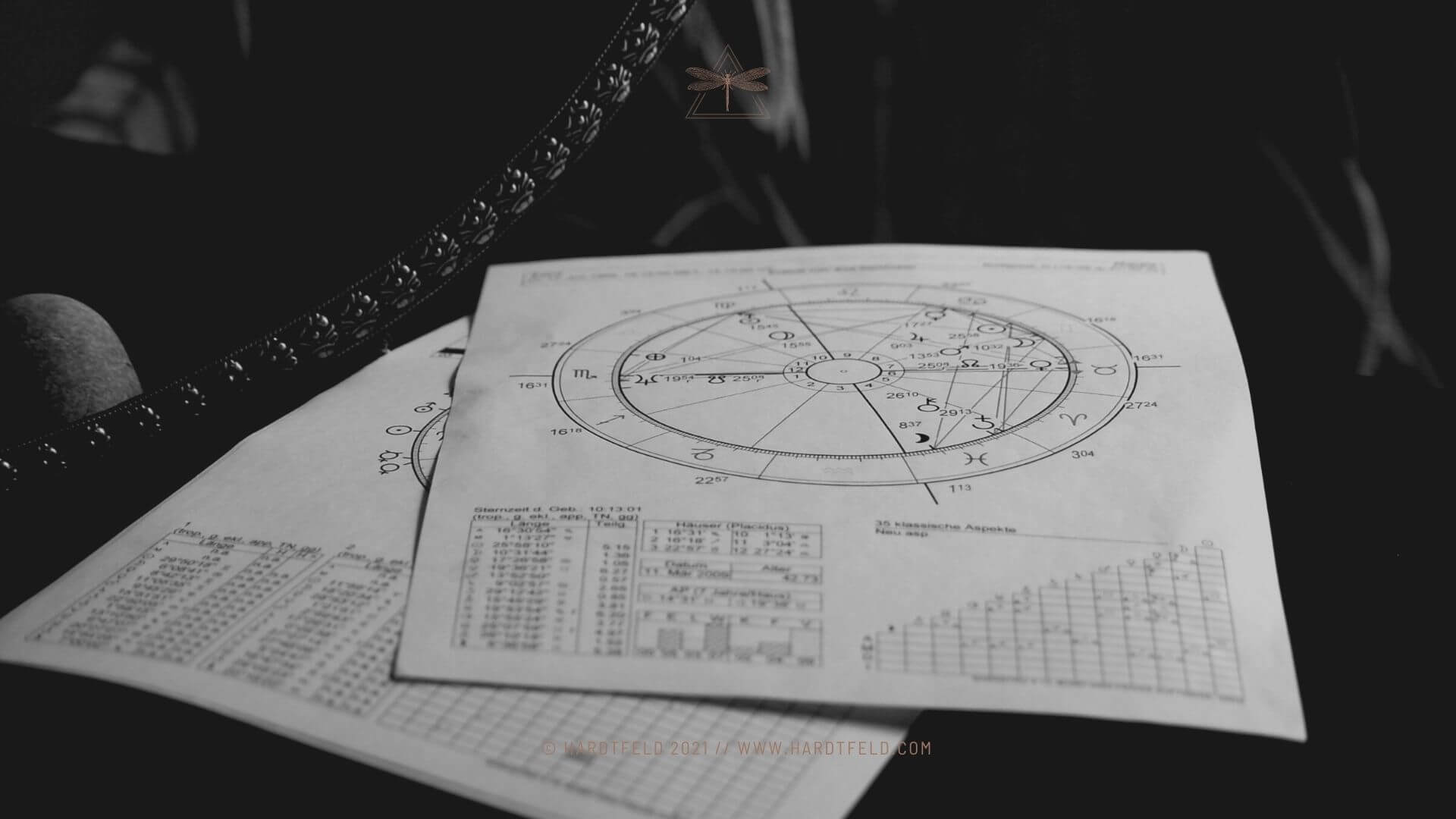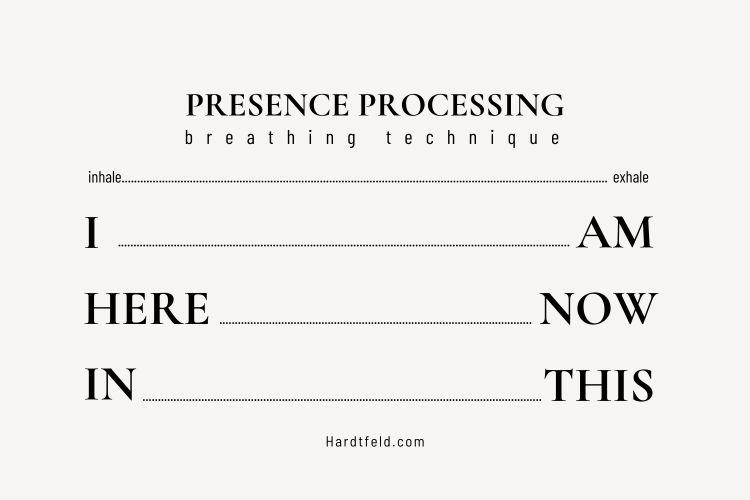THE TRUTH ABOUT “SPIRITUAL AWAKENING”
Ditch the “Ascension” Hype
and Fill Your Cup

Image: “The Lover” as “The Attuned” — planting dreams into the soil of real life. From my upcoming book/app project, The °64 CareActors, exploring the roles they play in our everyday lives.
Let’s talk real for a minute:
I recently stumbled across a YouTube channel where a young woman in her early twenties was dishing out “ascension symptoms” like they’re the holy grail of spirituality. No energy? No motivation? Feeling like you’re floating in a void? Congrats, you’re “awakening”!? WTF.
And the comments—oh, the comments—full of people, some way older, cheering this on like it’s the ultimate life goal to be a frigging vegetable. My skin crawled.
Imagine playing Monopoly with that attitude: landing on Boardwalk and going, “Nah, I’m ascending, I don’t need to build anything.” Gee, you’d lose the game faster than you can say “enlightenment.”
Here’s the truth: that’s not spiritual awakening. That’s stagnation dressed up in sparkly jargon.
Real “awakening” is an inside job that mirrors on the outside — and it doesn’t happen when your cup is empty. Let me break it down, because I’m done with the phony shite, and I know you are too.
The “Ascension” Myth: Why It’s Making My Skin Crawl
We’ve all seen it — those videos or posts that make feeling lost, apathetic, or disconnected sound like a badge of spiritual honor. They call it “ego death” or “ascension,” and suddenly neglecting your passions, ignoring your bills, or ghosting your dreams is proof you’re transcending. Nope. That’s not awakening — that’s depression with a halo.
I get it: life is messy. I’m in a slump myself every now and then (hello, emotional Generator riding the waves), wrestling with financial fear and missing the days when I was traveling, playing in a band, and creating music without a care.
Those moments of doubt? They’re human.
But when someone tells you that staying stuck in that heavy, joyless space is “spiritual progress,” they’re selling you a lie. Real awakening doesn’t leave you checked out of life. It lights a fire under you to live your life to the fullest.
Spirituality isn’t about floating above the world.
It’s about being in it — loving, building, and connecting. You can’t change your world as a bystander.
Here’s Why the “Ascension” Hype is Dangerous:
Gloryfying Suffering
Feeling apathetic, motiveless, and dull over a lengthy period isn’t proof you’re enlightened — it’s a sign something’s off. Maybe it’s stress, burnout, or depression. Slapping a spiritual label on it can keep you from getting the help or tools you might actually need.
Trauma Cover-Up
Unresolved trauma — from deep childhood wounds or later life events — often plays out as the classic fight, flight, freeze, or fawn responses – Spiritualizing these reactions doesn’t heal them.
If you’re still handing over your willpower to some external force, you might be affected. That’s called spiritual bypassing. Please do yourself a favor: get help from a therapist you trust. Real healing is brave. Not floaty.
Killing Your Drive
When you’re told losing motivation is “ego death,” you might stop chasing your dreams — like my vision of a little house and garden where people come together and create. Dreams fuel us. Ditch them, and you’re not ascending — you’re giving up.
What Real Spiritual Awakening Looks Like
Let me set the record straight: Spiritual awakening is an inside job.
It’s doing the messy, beautiful work of facing your fears, healing your heart, and finding your divine spark. And it shows up in how you live and feel.
Grounded in Love and Connection
What one might call “spiritual awakening” comes with an innate feeling of love — for yourself, for others, for the whole beautiful universe. It’s not about detaching from life; it’s about diving deeper into it. When I’m doing my work — helping people grow their brands with honesty and beauty, creating art, poetry, and music — I feel that spark. That’s sacred.
Honoring Your Energetic Body
As an empath or highly sensitive person, you might feel shifts in your energetic body — vibrations, emotions, or a sense that something is changing.
Some say this ties to the Earth’s frequency, like the Schumann resonance shifting as our world evolves.
That’s real — and it’s powerful. But awakening isn’t about getting lost in those feelings or calling them “ascension.” It’s about grounding that energy into action when the timing is right — creating, loving, serving.
Tangible Resources
Money, energy, time, community — these aren’t “worldly” distractions. They’re tools to make sh*t happen. Want to change the world? You need real resources, not a floaty vibe or a spiritual permission slip to check out.
It’s About Service
True “awakening” isn’t sitting cross-legged on a cloud. It’s being a good human — shining your light through what you love. Your ego? It’s not the enemy. It’s what helps you get up and do the work — it just needs steering when it goes overboard.
Real “spiritual awakening” isn’t just feeling more connected “up there” — it’s about getting your hands dirty down here. The higher you rise, the deeper your roots need to grow. It’s integration, not escape. Balance is key!
Growth isn’t linear. There’s breakdown before breakthrough. If you’re riding an emotional wave now, know it’s temporary. Awakening means trusting the process — and knowing when to get help if the slump starts spiraling into something heavier, like depression.
Stop Playing Small: Fill Your Cup and Play the Game:
Picture life as a bespoke Monopoly game. You roll the dice, take risks, build houses, and sometimes land in jail or miss a payout. But you don’t win by claiming you’re “ascending.” You only win by playing.
That’s what spirituality is: The courage to face your fears, integrate them (like I call it: drinking tea with the dragon), chase your dreams, trust, and serve the whole with an open heart.
I’m still figuring it out too. I sometimes doubt if I’ll ever have that house and garden where people come together and create. But I’m not giving up.
This looks like taking healthy breaks. Creating and trusting that the breakthrough is coming — maybe dressed in a different gown, and maybe not exactly when I thought it would manifest.
But what matters most is how I show up for myself — and for you.
So, let’s ditch the “ascension” hype. Stop cheering for apathy. Fill your body, spirit, mind, and ego with what lights you up — art, love, service, a good laugh, and the joy of rewards.
Face your fears, even when they’re loud. That’s not just awakening — it’s leaving the victim state and looking for companions in the right places.
You can only play the game of life successfully by living it well!
What I tell myself every day: Be kind — to yourself and the world around you. Balance your spiritual growth with grounded action. The real work happens here, in the messy beauty of life. It’s all about integration, not escape.




